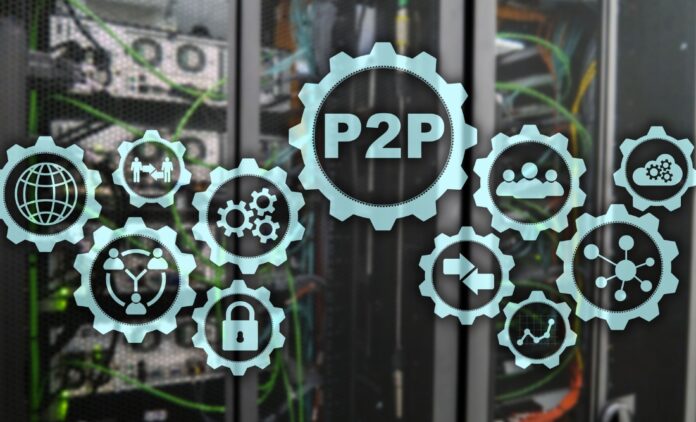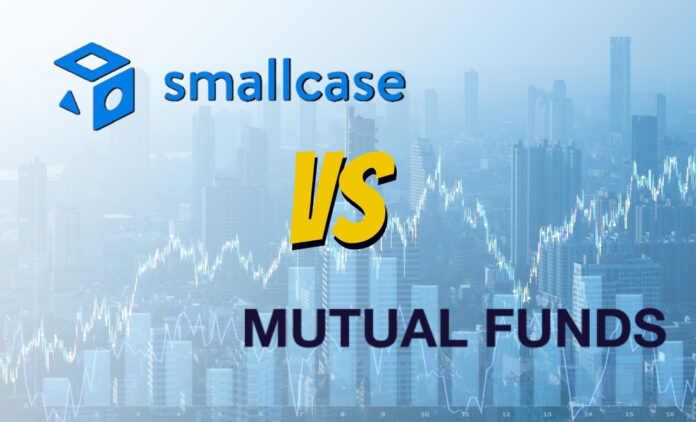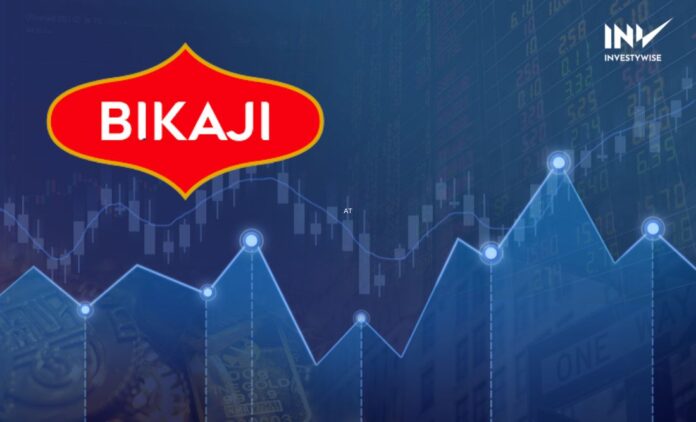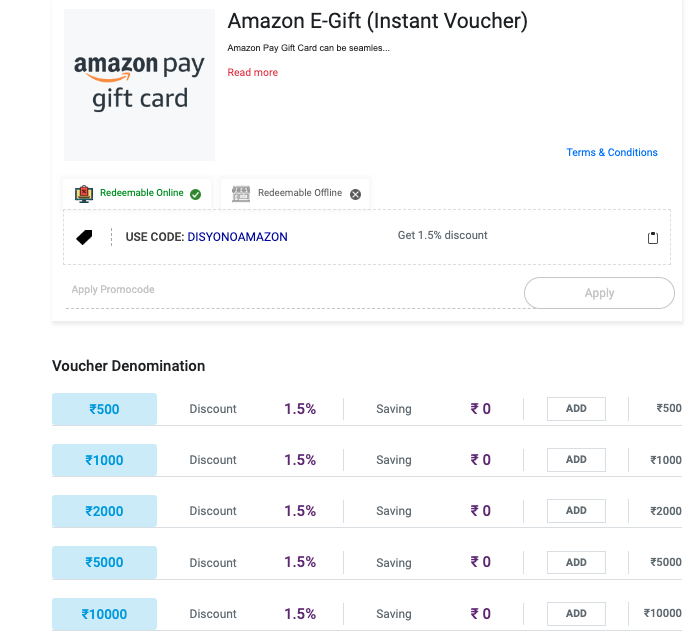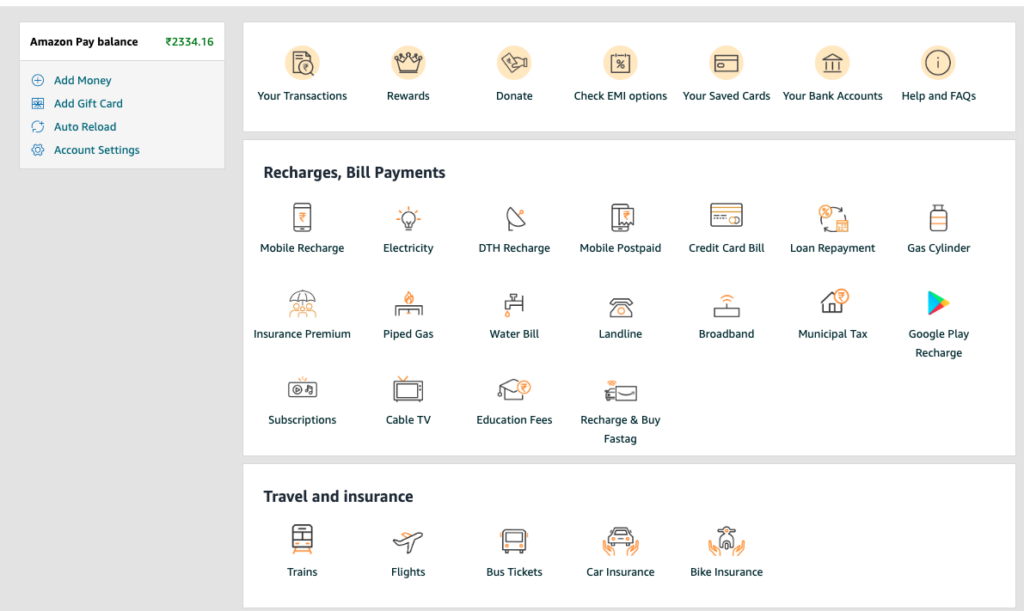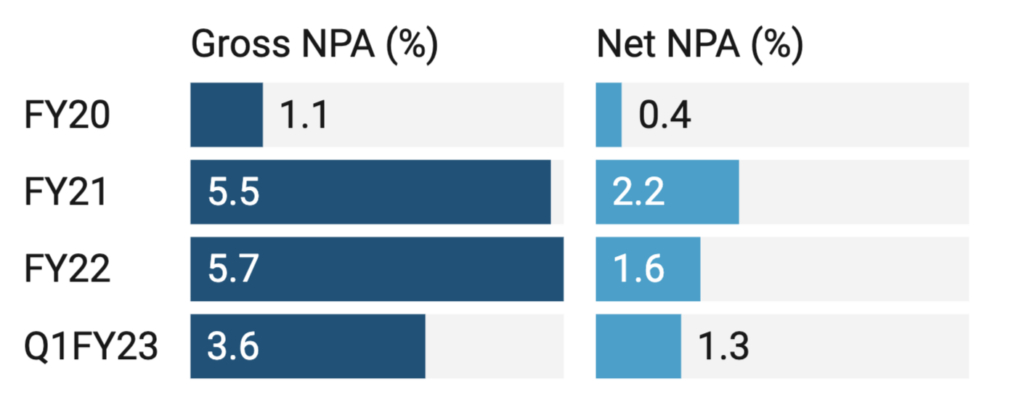Introduction to REITs
Real estate investment trusts (REITs) are publicly traded companies that own and manage a portfolio of income-generating real estate assets. These assets may include office buildings, shopping centres, apartment buildings, and hotels. The main objective of REITs is to provide investors with a regular stream of income through rental income and capital appreciation of the underlying real estate assets.
Investing in REITs in India
REITs can be a good investment option for those interested in investing in real estate, but don’t want to directly own and manage the physical property. REITs in India are regulated by the Securities and Exchange Board of India (SEBI). According to SEBI regulations, REITs must have a minimum of INR 500 crore (approximately $68 million) in assets under management and must pay out at least 90% of their net income as dividends to investors.
REITs were introduced in India in 2007, but it was only in 2019 that the first REIT was listed on the stock exchange. The REIT market in India is still in its early stages, with only a few REITs listed on the stock exchange. However, the potential for REITs to become a popular investment vehicle in India is significant due to the country’s growing real estate market and increasing demand for rental housing. Listed Real Estate Investment Trusts (REITs) in India saw a 6.85% year-on-year growth in the total leasable area, which is a positive sign for the REIT market.
Types of REITs and Mutual Funds
Some REITs that are listed on the stock exchange are
1. Embassy Office Parks REIT,
2. Mindspace Business Park REIT, and
3. Brookfield India Real Estate Trust.
In addition to these listed REITs, mutual funds that deal exclusively with REITs are also available. Some of these mutual funds deal with international real estates, such as Kotak International REIT Fund of Funds, PGIM India Global Select Real Estate Securities, and Mahindra Manulife Asia Pacific REIT Fund of Funds.
Factors to Consider Before Investing in REITs
There are several factors that investors should consider before investing in REITs in India. These include:
- Quality of underlying real estate assets
- Management team
- Financial performance of the REIT
- Market conditions
- Tax implications
It is also important for investors to consider the high percentage of delayed real estate projects in India, as this can play a crucial role in risk assessment for REITs.
Conclusion
Overall, REITs have the potential to be a lucrative investment option in India, particularly for investors looking for a regular stream of income and exposure to the country’s growing real estate market. However, investors need to do their due diligence and carefully consider the risks and potential returns before investing. REITs can be volatile and carry inherent risks, so they should be invested in with caution.



